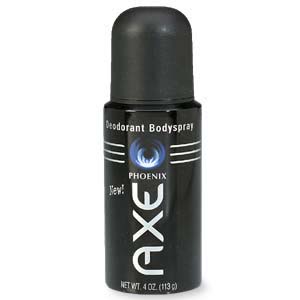
What's behind the success of Dove's
"Campaign for Real Beauty"? Dove's website and advertisements (print and television) feature healthy and vibrant plus sized, older, freckled, etc, women. The ads are then coupled with statistics about body image and self-esteem ("Only 2% of women label themselves as beautiful.")
Considering this campaign is coming in a field where we usually see waifish blonds, perfect legs, and not a hint of cellulite, it's certainly been making waves in the marketing world (Brand Channel also has a pretty good rundown on it
here.), and generallythe campaign is considered a success-- but why this approach and can Dove keep it up?
Dove
states on its site that it chose this campaign because "For too long, beauty has been defined by narrow, stifling stereotypes. Women have told us it's time to change all that. Dove agrees. We believe real beauty comes in many shapes, sizes and ages. That is why Dove is launching the Campaign for Real Beauty.
Dove's global Campaign for Real Beauty aims to change the status quo and offer in its place a broader, healthier, more democratic view of beauty. A view of beauty that all women can own and enjoy everyday."
Democratizing beauty and smashing stereotypes? Sounds good. We've been putting up with unhealthy ideals for all too long-- to the point where girls form
clubs and pro-support groups around thier eating disorders. A campaign that supports realistic body images and real women being healthy is definitely going to be viewed in a positive light, and will set that brand apart from others in the field, which is what Dove's counting on. (Much like Body Shop's success with their stance on animal rights.)
Despite all of these positive and supposedly revolutionary ideas, Dove still aims to do one thing: sell skin care items. As Seth Steverson of Slate
points out "...in the end, you simply can't sell a beauty product without somehow playing on women's insecurities. If women thought they looked perfect—just the way they are—why would they buy anything?"
He's got a valid point. These women might be hefty, freckly, or really wrinkled. But their skin has got to be perfect. None of the women within this campaign have acne, flaking or dryness issues, or other skin problems. That's what you have to aspire to, and that's where the brand's traditional aspirational message kicks in: You can be fat, but your skin has better be smooth and silky.
Another good question is how long Dove can continue with this campaign. It's refreshing for now, but will a point come when we think Dove is the brand for "the rest of us?" That could spell out plummeting sales if Dove's the brand for fatties. The fallout of a marketing shift towards thin trendy models would be disasterous. They'd errode any sort of trust and brand community-base they're building, effectively shooting themselves in the foot. Given how more and more of the American public is overweight however, maybe Dove's poineering a new (and growing) market.








